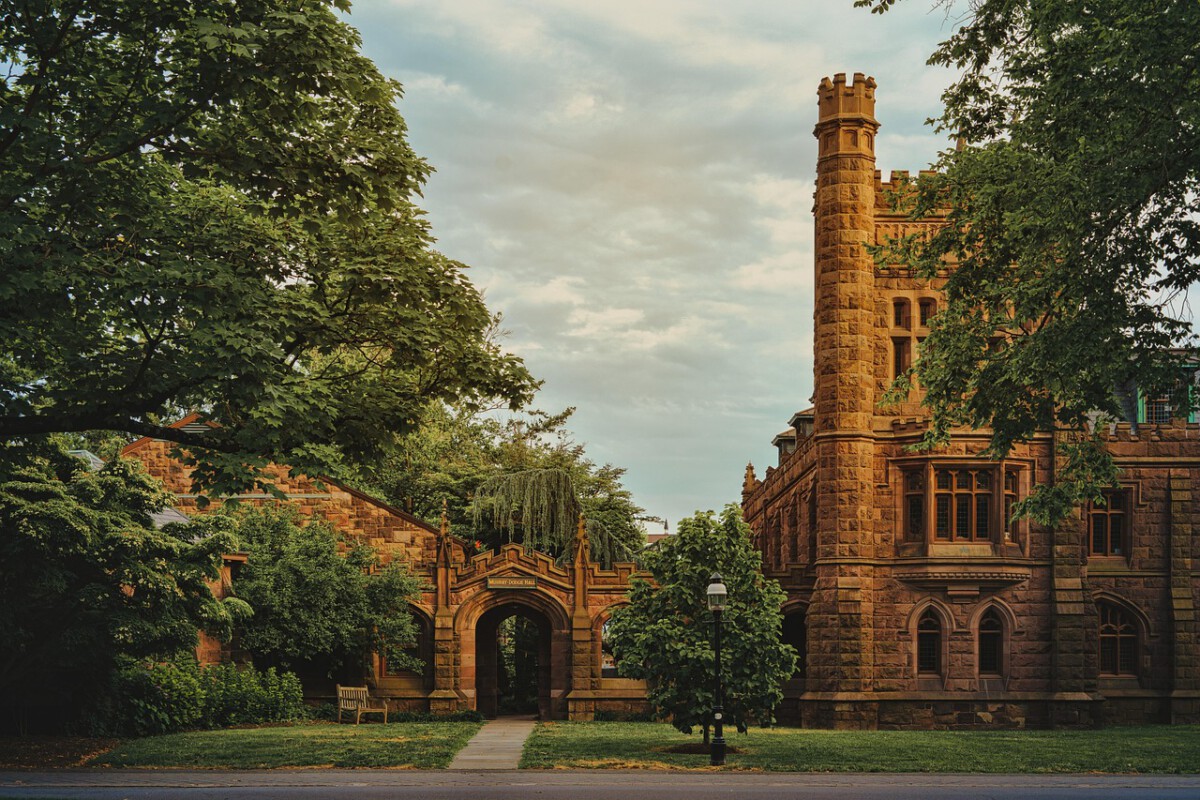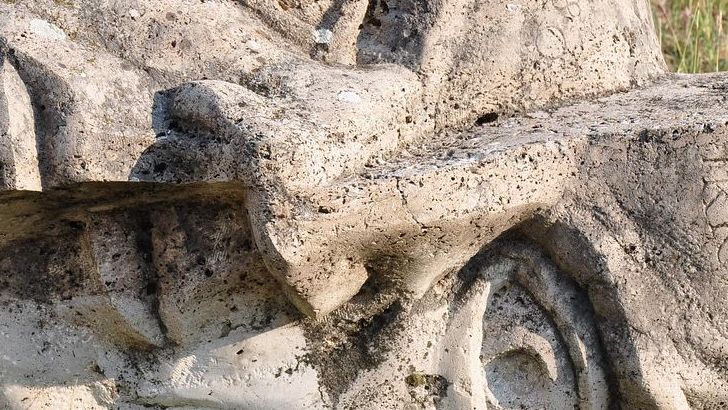Princeton, Texas: The Nation’s Speed Champion

Princeton, Texas, claimed the title of fastest-growing city in the United States with a remarkable 30.6% growth rate, according to the most recent U.S. Census Bureau data. The Dallas suburb increased its population by nearly one-third in just one year and has more than doubled since 2020, from roughly 17,000 to 37,000 residents. Princeton Mayor Eugene Escobar attributes this explosive growth to affordability, with the typical home valued at around $325,000 compared to more than $500,000 in neighboring McKinney or $685,000 in Frisco. Major homebuilders like KB Home have descended upon the once-sleepy town, opening new developments with Princeton quickly emerging as one of the most desirable areas in Collin County thanks to its highly rated schools and family-friendly atmosphere. The transformation has been so rapid that in 2013, the area had only two traffic lights. Real estate experts note that Princeton offers buyers ample for-sale home options at a lower price tag than nearby North Dallas suburbs while maintaining access to amenities and job opportunities in the expanding greater Plano area.
Fulshear, Texas: Houston’s Booming Suburban Star

Fulshear, Texas, secured the second spot nationally with an impressive 26.9% population growth, cementing its status as one of Houston’s fastest-expanding suburbs. The city’s 2025 population is estimated at 50,968, reflecting an annual growth rate of 19.6%, with a staggering 190.28% increase since the 2020 census which recorded 17,558 residents. Fulshear boasts an impressive average household income of $196,263 with a very low poverty rate of 1.43%, while the median age is 38.4 years. The racial composition is predominantly White at 58.83%, followed by Asian at 16.67%, individuals of two or more races at 14.91%, and other races at 5.03%. Located as a suburb of Houston, Fulshear’s strategic position near the major metro area has attracted families seeking newer housing options and modern amenities. The city’s rapid development has transformed it from a small rural community into a thriving suburban destination with excellent schools and recreational facilities.
Leesburg, Florida: The Villages Effect

Leesburg, Florida, ranked as the third fastest-growing city in the country with an 18.5% population increase, a growth largely driven by the expansion of The Villages retirement community. The city’s population reached 37,815 in 2024, representing an 18% increase over the previous year, while recent Census data reveals that Leesburg’s population has surpassed 31,000. City manager Al Minner explains that about 99% of the population increase comes from Villages’ growth, with The Villages’ expansion serving as the biggest catalyst for the area’s immediate growth. Leesburg has approved 40,000 new housing units, with more than 14,000 planned for The Villages development alone. Between 2010 and 2020, the combined population of surrounding cities increased by about 50% primarily due to job opportunities generated by The Villages, with the influx of new residents generating substantial tax revenue for the city. Located northwest of Orlando, Leesburg’s strategic position and affordable living options continue attracting retirees and families seeking a quieter lifestyle with access to recreational amenities.
Celina, Texas: Dallas Metro’s Rapid Riser

Celina, located in Collin County, Texas, is experiencing remarkable growth with its 2025 population reaching 51,820, reflecting an annual growth rate of 19.63% and marking a staggering 190.99% increase since the 2020 census which recorded 17,808 residents. The concentration of growth is particularly notable in the Dallas-Fort Worth metroplex, with cities like Celina posting 16.41% growth and leading the nation in percentage expansion. The city boasts an average household income of $167,916 with a poverty rate of just 6.02%, while the median age is 36.1 years with males averaging 32.5 years and females 37.5 years. In terms of racial composition, Celina is predominantly White at 68.2%, followed by individuals of two or more races at 14.46%, Asian at 7.96%, and Black or African American at 6.41%. The U.S. Census Bureau has specifically highlighted Celina’s growth, with San Antonio adding more people than any other city in 2023, while Celina became the fastest growing. Previously, Celina topped the list of fastest-growing cities with a population of 20,000 or more, with its population growing by 26.6%, more than 53 times the nation’s growth rate.
Anna, Texas: Small Town Becoming Suburban Powerhouse

Anna, located in Collin County, Texas, is rapidly expanding with a 2025 population of 30,878 and currently growing at an annual rate of 12.28%, representing a 77.77% increase since the 2020 census which recorded 17,370 residents. Anna ranks among the seven Texas cities in the top 15 fastest-growing cities nationwide, with other Texas towns seeing similar incredible growth including Anna with a 14.6% increase in population. Texas is witnessing a population boom in smaller cities like Anna, with growth rates exceeding 50% in some areas, showcasing the state’s overall expansion trend. The city’s strategic location in the Dallas-Fort Worth metroplex provides residents access to major employment centers while maintaining a small-town atmosphere. Anna’s growth reflects the broader pattern of suburban expansion as families seek affordable housing options with good schools and community amenities. It’s not only rural areas that are seeing growth, as big cities such as Houston, Fort Worth, San Antonio, Georgetown, and San Angelo also experienced high population increases, with almost all Texas cities with populations of 20,000 or more seeing population increases from 2023 to 2024.
Fate, Texas: Fortune Favors This Growing City

Fate ranks as the eighth fastest-growing city nationally with 11.4% growth, bringing its total population to 27,467, making it another standout performer in the Dallas-Fort Worth region. Fate joins other top Texas towns experiencing incredible growth with an 11.4% increase in population, contributing to the state’s dominance in the fastest-growing cities rankings. The city’s name seems prophetic given its rapid expansion and development over recent years. Located in Rockwall County, Fate benefits from its proximity to major employment centers while offering residents a more affordable alternative to established suburbs. The community has attracted young families and professionals seeking newer housing developments with modern amenities and highly-rated schools. Five of the country’s fastest-growing cities and towns, including Princeton, are in the Dallas-Fort Worth region, demonstrating the area’s overall appeal and economic strength that benefits communities like Fate.
Melissa, Texas: Continued Collin County Success

Melissa, located in Collin County, Texas, continues experiencing rapid growth with its population in 2025 standing at 26,649 and an annual growth rate of 13.06%, marking an 85.89% increase since the 2020 census which recorded 14,336 residents. Melissa ranks 11th nationally among fastest-growing cities with 10% growth and a total population of 26,194, solidifying Collin County’s reputation as a major growth destination. Melissa joins the impressive list of Texas towns seeing incredible growth with a 10% increase in population, reflecting the broader trend of suburban expansion in North Texas. The city’s growth trajectory follows the pattern of other successful Collin County communities that have attracted residents seeking quality schools, new housing developments, and convenient access to Dallas employment opportunities. Melissa’s strategic location provides the perfect balance of suburban amenities and metropolitan accessibility that appeals to families and young professionals. The community has invested in infrastructure improvements and recreational facilities to support its expanding population while maintaining its welcoming small-town character.
Hutto, Texas: Austin’s Northern Growth Engine

Hutto, located near Austin, ranks 13th nationally with 9.4% growth and a total population of 42,661, representing the Austin metropolitan area’s strong appeal beyond the central city. Hutto demonstrates the incredible growth pattern seen across Texas towns with a 9.4% increase in population, showcasing how Austin’s job market and cultural attractions drive regional expansion. Unlike many other rapidly growing Texas cities concentrated around Dallas-Fort Worth, Hutto benefits from Austin’s tech boom and the area’s “Keep Austin Weird” culture that attracts creative professionals and entrepreneurs. The city has transformed from a small rural community into a thriving suburb while maintaining its historic charm and small-town feel. Hutto’s growth reflects Austin’s broader metropolitan expansion as people seek more affordable housing options while staying connected to the capital city’s vibrant economy and lifestyle. The growth extends beyond rural areas, as Georgetown and other larger cities also saw high population increases, demonstrating the Austin region’s overall attractiveness.
Royse City, Texas: Rockwall County’s Rising Star

Royse City, located in Rockwall County, Texas, is experiencing significant growth with its 2025 population standing at 27,611, reflecting an annual growth rate of 14.39%, and since the 2020 census which recorded 13,719 residents, the population has increased by 101.26%. The city has an average household income of $116,316 with a poverty rate of 5.08%, while the median age is 33.6 years with males averaging 37.2 years and females 29.2 years. The racial composition of Royse City is predominantly White at 71.18%, followed by Black or African American at 10.99%, other races at 9.16%, individuals of two or more races at 7.58%, and Asian at 1.09%. Royse City joins other Dallas-Fort Worth metroplex cities posting impressive growth rates of 12.58%, contributing to the region’s overall population boom. The city’s location in Rockwall County provides residents access to Lake Ray Hubbard recreational opportunities while maintaining proximity to Dallas employment centers. Royse City has successfully balanced growth with community character, attracting families seeking newer housing developments and quality schools while preserving its friendly, small-town atmosphere.
New York City: The Surprising Comeback King

New York City tops the list with the largest numeric population gains, adding 87,184 residents between 2023 and 2024, representing a remarkable turnaround for the nation’s largest city. Leading the way in big-city growth, New York City added 87,000 new residents, followed by Houston with 43,000 and Los Angeles with 31,000. Despite other cities posting higher percentage growth rates, New York City still maintains by far the highest overall population among cities at about 8.5 million as of 2024. The data shows that populations in major American cities have bounced back from pandemic-induced drops, with New York leading the way in a recovery fueled primarily by immigration, with 94% of the largest cities growing during the 12-month period ending in June 2024. This growth period overlaps with the post-pandemic surge in immigrants crossing the Mexican border, which brought more than 200,000 new arrivals to New York City and may have contributed to changes in population counts. New York’s metro area was among those that experienced population declines earlier in the decade but experienced population gains from 2023 to 2024.
Houston, Texas: Lone Star State’s Numeric Giant

Houston secured the second position nationally for numeric gains, adding 43,217 residents, reinforcing Texas’s dominance in population growth statistics. The new U.S. Census Bureau population report revealed Houston gained 43,217 residents from July 2023 to July 2024, bringing the city’s population to 2,390,125. Houston ranks as the fourth largest city in the country and joined 11 other Southern cities that saw the largest numeric population gains in 2024. Harris County’s numeric growth rate outpaced all other U.S. counties from July 1, 2023 to July 1, 2024, with the county’s population growing by 105,852 people year-over-year, bringing the total population to 5,009,302 residents, around a 2.16% growth rate. The Houston-Pasadena-The Woodlands metro area nearly led the nation as the second-fastest growing metro area in 2024, adding 198,171 residents to bring the total population to 7,796,182, with only the New York-New Jersey metro area outpacing Houston’s growth. Houston’s gains came from two sources—natural increase and net in-migration, with two-thirds of Houston’s gains coming from net in-migration and one-third from natural increase.








